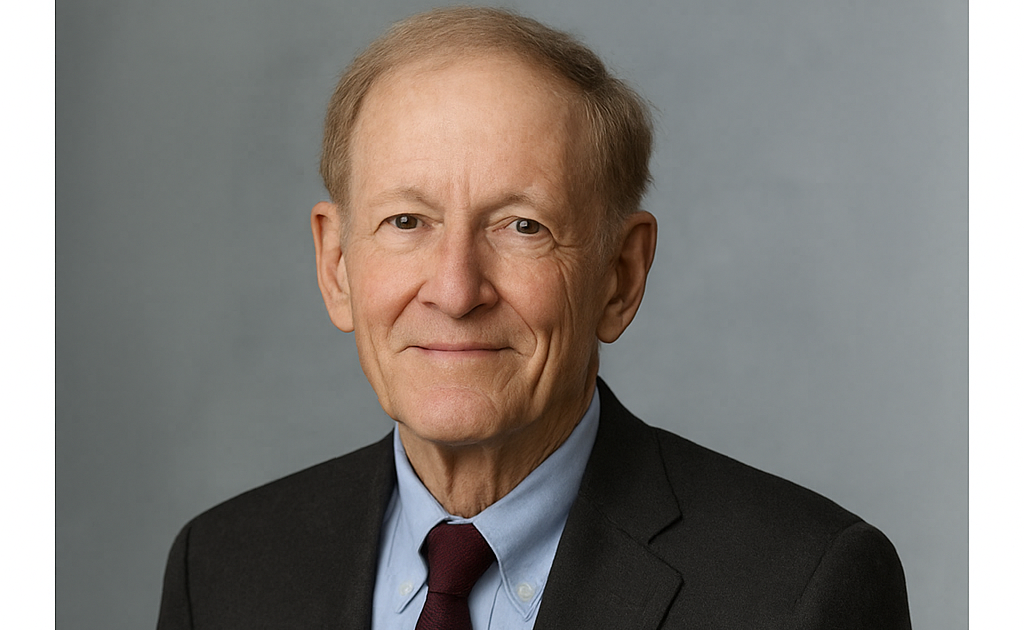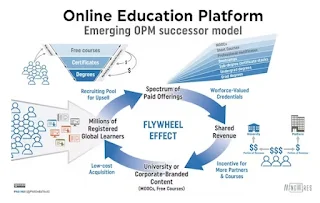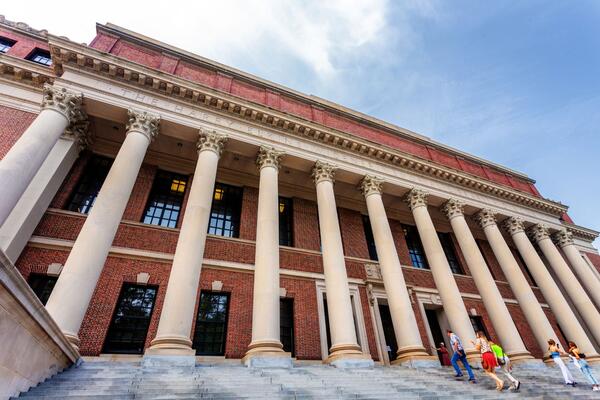For the past twelve months, the National Coordinating Centre for Public Engagement has been leading a project to reimagine the future of the engaged university: Engaged Futures. It’s been a rollercoaster ride, taking in everything from the baked-in prejudices of our sector, to debating the very purpose of higher education.
And it feels that this is the right time to ask that question, as universities seek to change, diversify, remodel and restructure. What is the purpose at the heart of our universities? Is it the same regardless of type, or size, or age of institution? Is it something set in stone at inception, or can it be remoulded by leadership teams?
And crucially, is it fit for purpose?
As a sector we have always talked a good game about being integral to the success of our region, whether we call this place-based, civic or “locally-rooted”, or are badged as an “anchor institution”. Show me a university that hasn’t made this claim.
I would argue that this is the very purpose of the university. Universities should be rooted in their region; responsive and reactive, open and honest; curators of conversations and collaborations; compassionate nurturers; apolitical agents of change.
Cohesion with place
But there is evidence that this work is taking a back seat as the sector grapples with financial challenge and looks for new ways to operate. The National Civic Impact Accelerator report on the “fragile foundations of civic” shone a light on the quiet diminishing of the civic commitment, with work moving under the umbrella of public affairs, or innovation, or marketing. And civic university agreements left on the shelf for later.
It remains to be seen if transformative measures such as mergers, the creations of super universities, takeovers by private providers and (hopefully not) provider closures, take universities further away from this work.
At the Labour party conference, the phrase of the moment was “social cohesion”. Politicians are talking about how to rebuild civic pride – in fact, they are actively directing funds to this. But there is no mention of the role of universities in delivering this type of social impact, despite all the fanfare of the civic movement.
So in this space, let’s consider an alternative transformational model: the local university. Local isn’t a word you hear very often in universities, with “globally-connected”, “world-leading” and “internationally-recognised” being preferred terms.
A local, social purpose university, would build on the university centre model we have seen operate effectively in cold spots such as Scarborough.
But I would take this one step further, envisaging an institution so deeply knitted into its place, that the campus and community interact seamlessly.
Another kind of merger
As our university campuses have expanded, filled with multimillion-pound pioneering buildings, our high streets have decayed, public spaces have closed and communities have fractured. Local offerings, such as libraries, community centres and even banks have shut up shop.
Rather than developing shared services with another university, perhaps instead a university could merge with its place? There are assets, facilities and buildings that could work for both students and residents. Activities that could leave campus and take place in spaces that would otherwise be closed, to an augmented audience. And costs could be shared with other public sector organisations, providing the much needed savings to the public purse.
Beyond the physical assets, consider business operations – the social purpose university would make intentional decisions about partnerships, procurement, campus developments and ensure that purpose stands alongside profitability. Spending locally, lobbying for improvements in infrastructure, listening and being open to change. There might even be a residents’ panel, feeding into decision-making… or is that a dream too far?
Willingness to change
What would we need for this to be successful? Well, a shift in the success criteria for a start. Like it or not, the metrics that the sector is judged by would need to change, as outcomes for the local university are unlikely to be the same as the super-university. We would need a broader way of speaking about our sector, of acknowledging the ecosystem of higher education that doesn’t slip into hierarchy. And we’d need to be willing to change, evolve and work in genuine co-creation.
Throughout Engaged Futures – a conversation there is still the opportunity to contribute to – we have looked at the art of the possible and are now sketching a blueprint for a different higher education experience.
One which is genuinely inclusive, not simply ticking boxes and publishing policies. One which is accessible to all, without the deep-rooted hierarchies that make it harder for everyone to find their space. One which values all forms of knowledge, wherever and however it is created. One that makes space for compassion, is self-reflective, accepts criticism and challenge.






